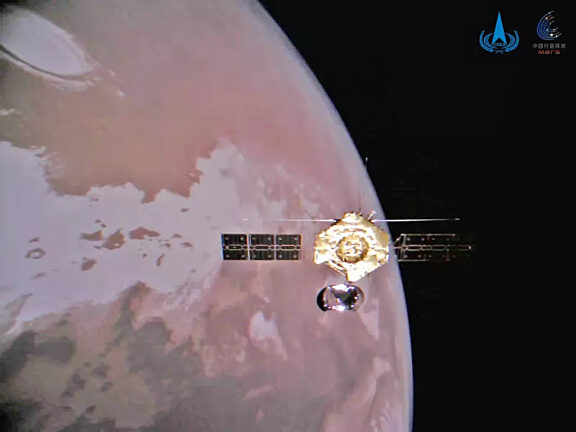The best pictures of Mars from space

Written by
Jason Davis
November 9, 2023
We’ve been taking pictures of Mars from space since 1965, when Mariner 4 returned the first pictures of another planet to Earth. Scientists were too anxious to wait for computers to process the first image, so they turned the incoming signal into a color-by-numbers project. Each pixel in the picture received a color value based on its brightness as seen by Mariner 4. The result was a charming combination of art and science:

Fortunately, space imaging technology has improved by leaps and bounds since then, providing us with exquisite images of Mars on a regular basis. Below, we’ve rounded up some of our favorite views of Mars from space. They are sorted by type for easier browsing. You can also view a collection of these images in the video below.
The best images of Mars taken from space Spacecraft have been taking pictures of Mars from space since 1965. Here are some of our favorites.
Global views




Moons over Mars



Wide views






Closeups





Space hardware





Support our core enterprises
Your gift today will go far to help us close out the year strong and keep up our momentum in 2026.
Donate

 Explore Worlds
Explore Worlds Find Life
Find Life Defend Earth
Defend Earth

